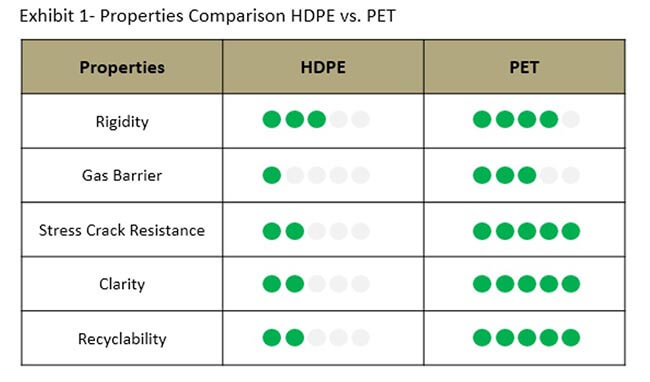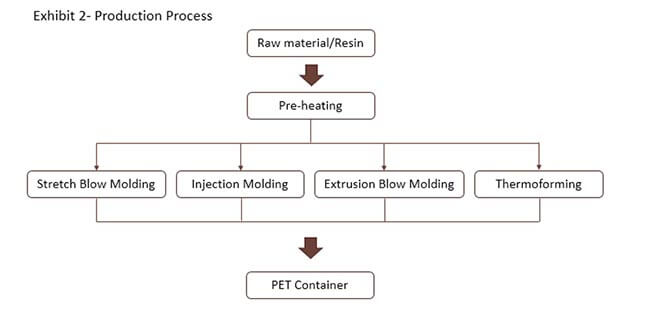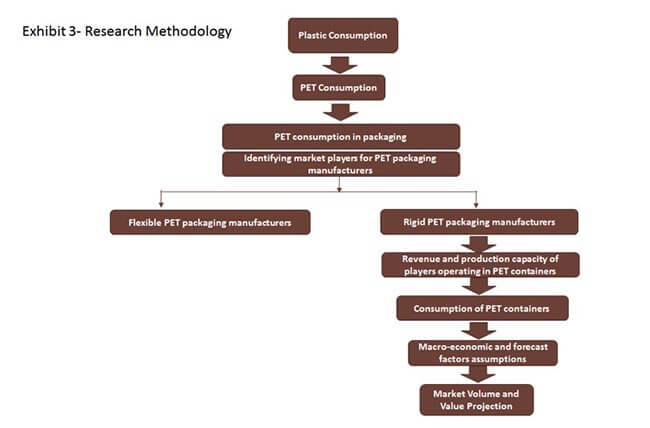According to a recent study of Future Market Insights (FMI), the cathodic protection market will witness a robust expansion at nearly 6% CAGR through 2028. According to the National Association of Corrosion Engineers’ (NACE) ‘International Measures of Prevention, Application and Economics of Corrosion Technology (IMPACT)’ study, the global cost of corrosion was over US$ 2,500 Bn in 2013.
Get | Download Sample Copy with Graphs & List of Figures:
https://www.futuremarketinsights.com/reports/sample/rep-gb-6526
However, by using the current available corrosion control practices, only around 15% to 35% of the total cost of corrosion can be saved, which is between US$ 375 Bn – US$ 875 Bn.
Increasing global cost of corrosion has resulted in a significant rise in the need for technologies related to its prevention, which in turn is creating demand for solutions such as cathodic protection. Additionally, essentiality of corrosion protection and control in industrial sectors, for the prevention of any catastrophic events, is a key factor underpinning growth of the cathodic protection market.
Cathodic protection is a globally used technique to control the corrosion of a metal surface in a harsh environment. Owing to the efficient and reliable corrosion protection technology, the cathodic protection market is estimated to grow at a significant rate during the forecast period, supported by the increasing demand for corrosion prevention technologies to minimize the direct cost of corrosion.
For More Information or Query or Customization Before Buying, Visit:
https://www.futuremarketinsights.com/customization-available/rep-gb-6526
Cathodic Protection Market: Segmentation Analysis
Cathodic Protection Market Analysis by Solution
By solution, the cathodic protection market has been categorised into products and services. The products segment can be further divided into anodes, power supplies, junction boxes, test stations, remote monitors, coatings, instrumentation, and others.
Services include inspection, design & construction, and maintenance. Leading players in the market provide almost all the products and services for cathodic protection to various end users.
Cathodic Protection Market Analysis by Type
By type, the cathodic protection market is segmented into galvanic (sacrificial anodes) and impressed current. The impressed current-based cathodic protection continues to hold bulk shares of the market, nearly 80%.
Demand for cathodic protection based on impressed current continues to remain influenced by the high cost of alternative methods available for cathodic protection currently.
Ask Us Your Questions About This Report:
https://www.futuremarketinsights.com/ask-question/rep-gb-6526
Cathodic Protection Market Analysis by Application
By application, the cathodic protection market has been categorized into pipelines, storage facilities, processing plants, water & wastewater, transportation, building, and others.
Government regulations related to the corrosion protection of industrial infrastructures continues to influence growth of the cathodic protection market.
The more regulations are imposed, the more cathodic protection is required, and more accurate and detailed the testing and records need to be. This is expected to significantly boost growth of the cathodic protection market in the near future.
Cathodic Protection Market Analysis by Region
From a regional perspective, North America is a projected to be a prominent market, owing to significant pipeline integration in the oil & gas industry. Europe is projected to hold over one-fourth share of cathodic protection market.
The market in Asia Pacific is anticipated to expand at a relatively higher CAGR, owing to the increasing investments in the infrastructure development, and increased spending on the maintenance of existing infrastructure. China is expected to be the most lucrative market for cathodic protection, with sales projected to grow at a CAGR of over 7% during through 2028.


